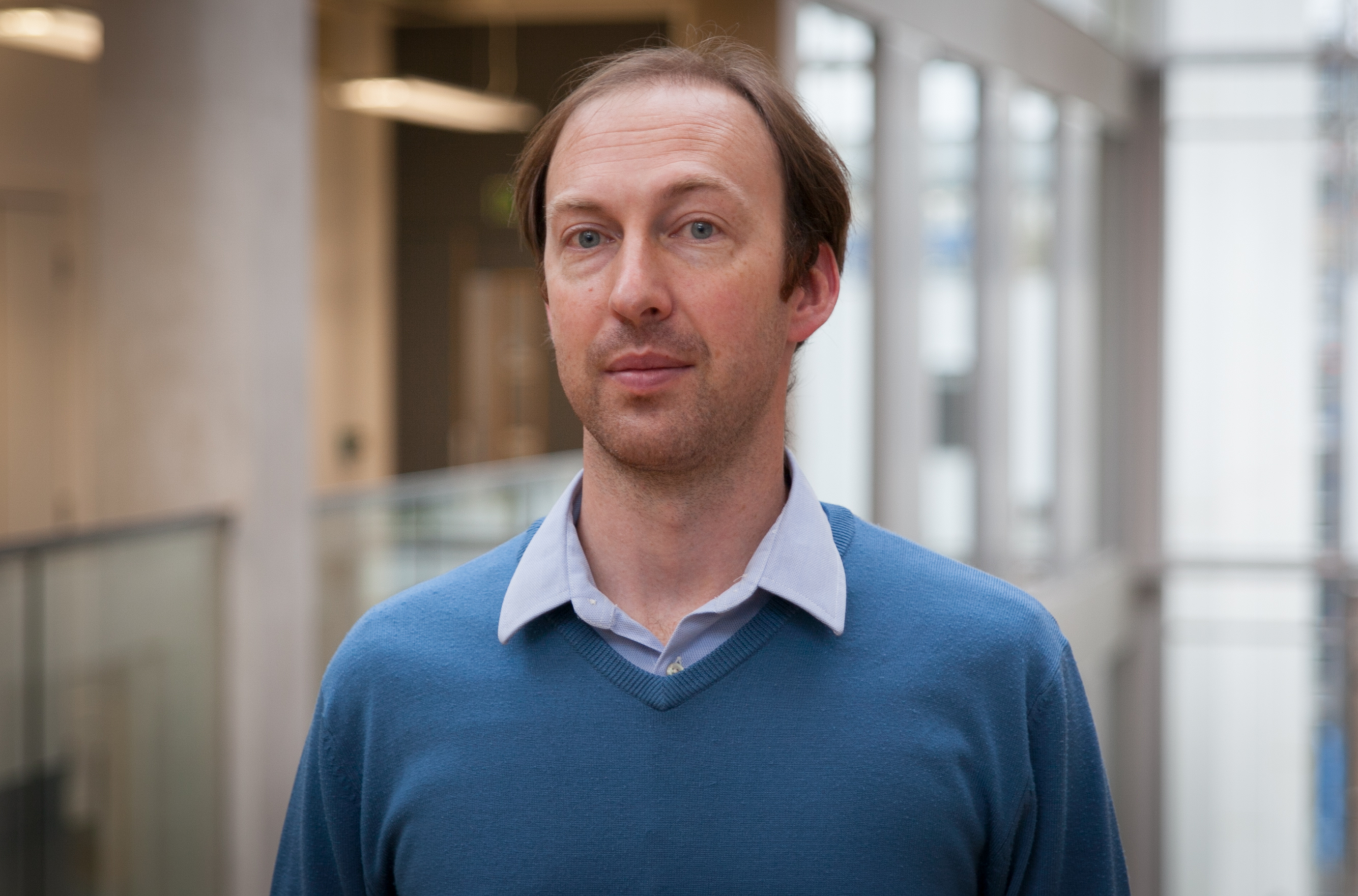Dr. Murphy has PhD projects available in:
1. Safer nuclear fuels for a sustainable future
(http://www.lancaster.ac.uk/social-futures/2018/03/safer-nuclear-fuels-for-a-sustainable-world-fully-funded-phd-studentship-3-year-in-engineering-department/)
2. Atomistic study of radiation induced degradation of thermal conductivity in fusion materials
Dr. Samuel Murphy is a 50th Anniversary Lecturer in Nuclear Materials. Prior to joining Lancaster Dr. Murphy was a PDRA at University College London and Imperial College London where he used atomistic simulation techniques to study defects and defect processes in materials. In 2010 he worked at l'Commissariat à l'énergie atomique (CEA) in Saclay just South of Paris. He completed his PhD in Materials Physics at Imperial College London in 2009 in the group of Prof. Robin Grimes.
Dr. Samuel Murphy's research focuses on the use of atomistic simulation to study defect processes in nuclear materials. Dr. Murphy examines processes such as the accommodation of fission products in nuclear fuels and the escape of tritium from lithium ceramics for future fusion reactors. He is also interested in defect creation by bombardment with high energy particles, such as that experienced in a nuclear reactor.
In his research Dr. Murphy employ state-of-the-art atomistic simulation techniques, including molecular dynamics and density functional theory (DFT). He is also a developer of the two temperature molecular dynamics (2T-MD) technique that enables the incorportation of electronic effects into the simulation of radiation damage of materials by very high energy ions.
